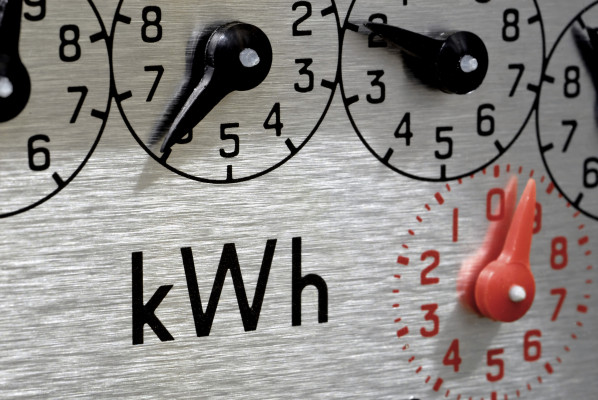
When blockchain first appeared, especially Ethereuem’s innovation of ‘smart contracts’, a number of people posited that it could be used to trade energy between one source and another, such as power supplies or batteries.
The idea would be to enable consumers to buy and sell renewable energy directly between one another, in a peer-to-peer (P2P) trading manner. Blockchain would be ideally suited to this, creating a transparent, auditable and automated record of energy generation and consumption. As a result energy savings coudl be made, having a positive effect on costs and the climate.
Few, however, have achieved this. Until now.
The Australian-born Power Ledger is now moving beyond trials and into the commercial deployment of its platform. It’s a sign that the market is not only open to the concept of peer-to-peer trading but ready to start implementing.
Power Ledger has partnered with the Clean Energy Blockchain Network, launching its first commercial deployment in the US at the Northwestern University Evanston campus.
Power Ledger’s platform lets consumers buy and sell renewable energy directly between one another, using a blockchain platform, and will enable Northwestern University to trade clean energy both on-campus and between campuses with no hardware, software or subscription fees, by using pre-existing meters.
Power Ledger Co-Founder, David Martin says: “Moving beyond trials and into commercial deployment of the Power Ledger energy trading platform in a historical trading market like Chicago is a major opportunity. We’re excited to demonstrate how the platform can assist with cutting both costs and carbon with a secure, clean energy source.”
The commercial, utility-grade deployment will initially run across four buildings curated by Northwestern University’s Master of Engineering Management Program with plans for implementation to kick off in the coming months. On-campus P2P trading will be followed by connection to external peers across multi-campus universities, museums, laboratories and more.


